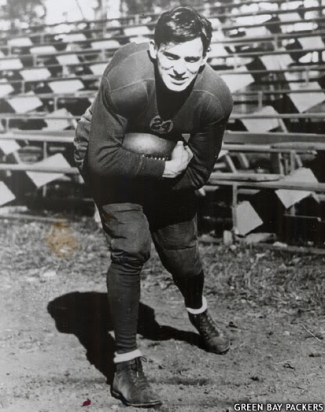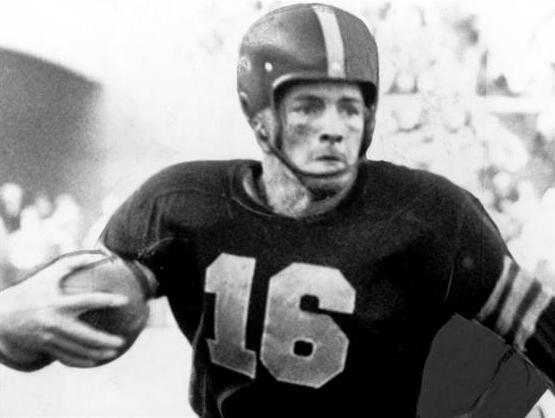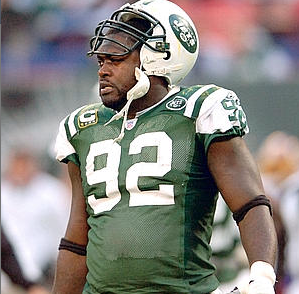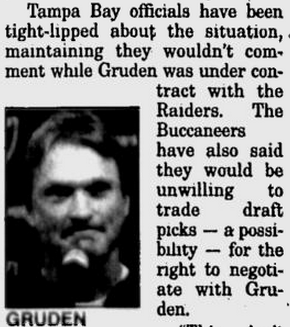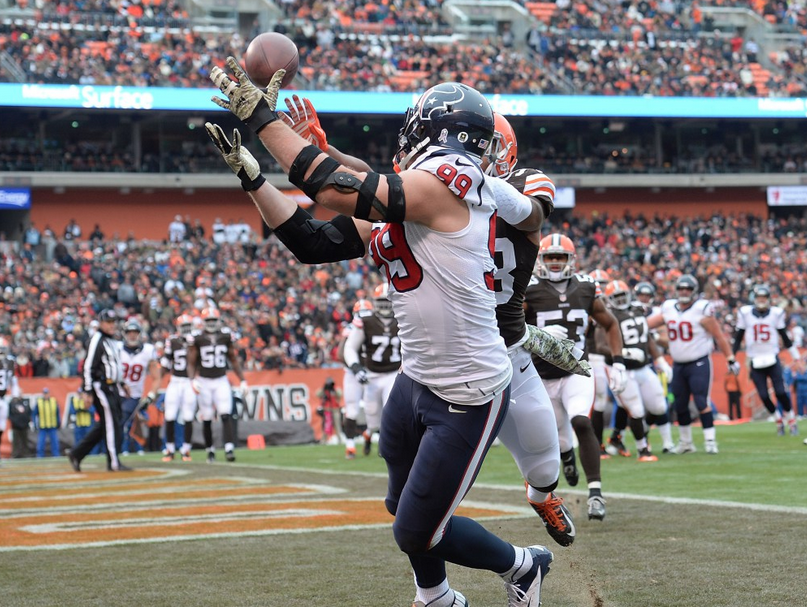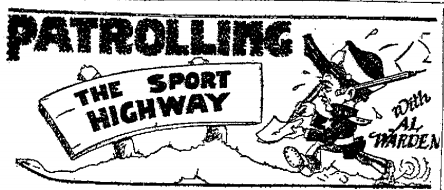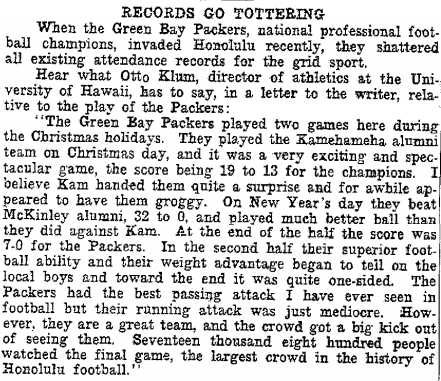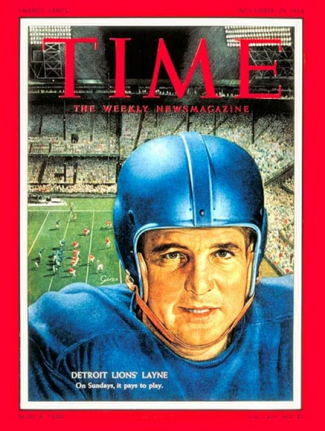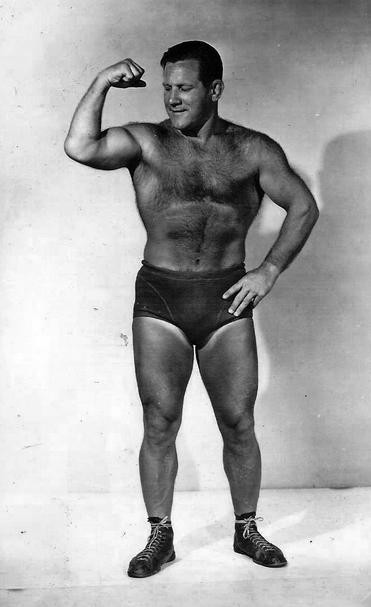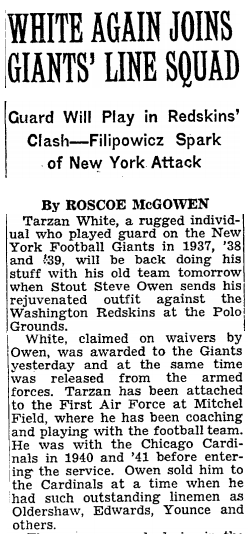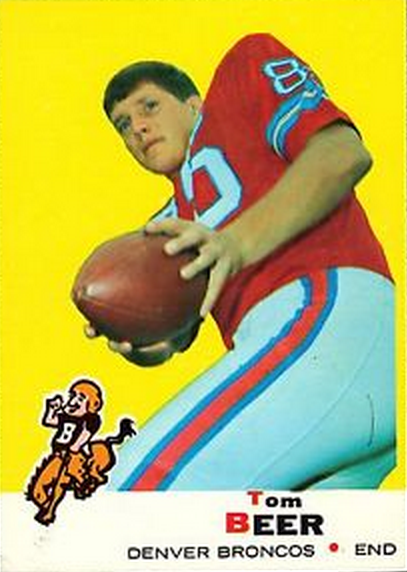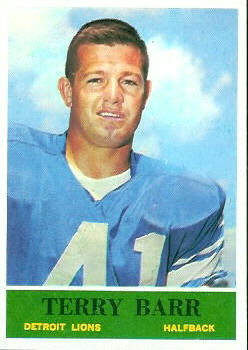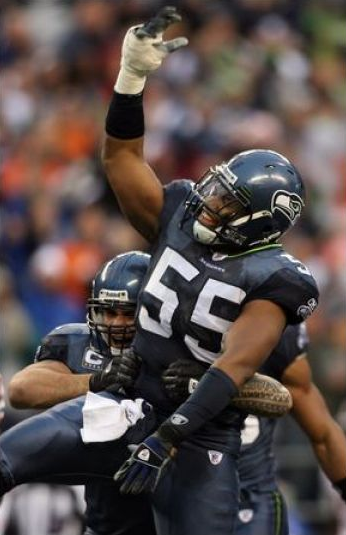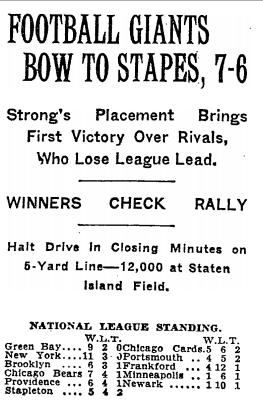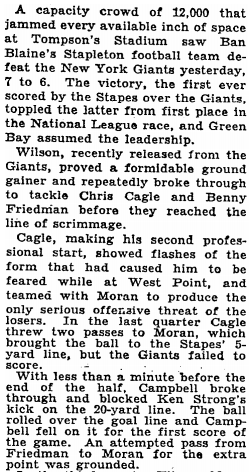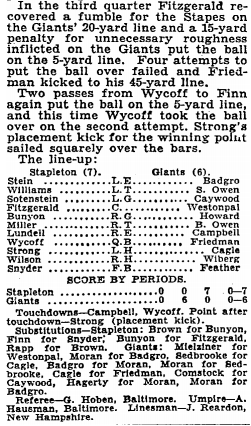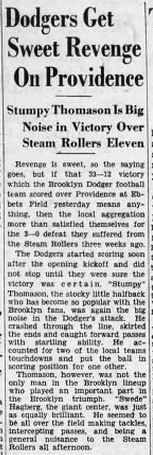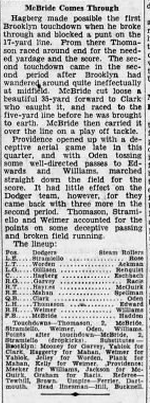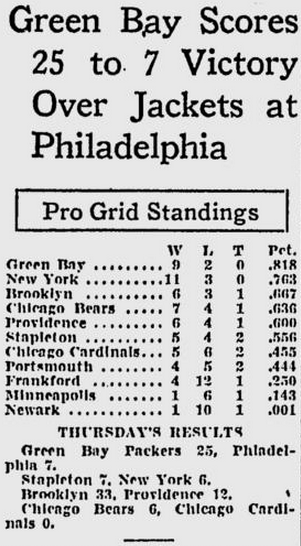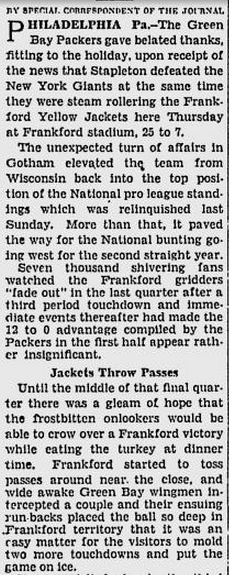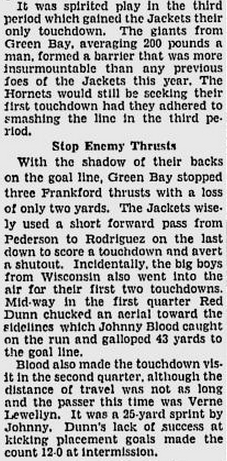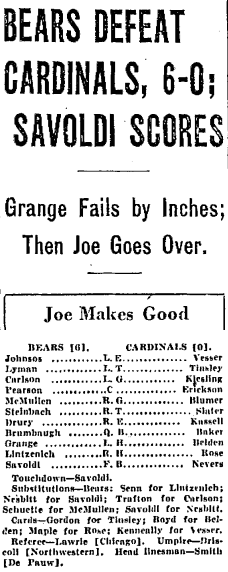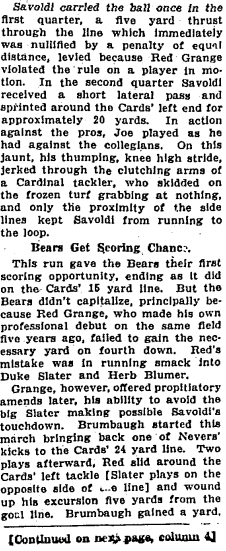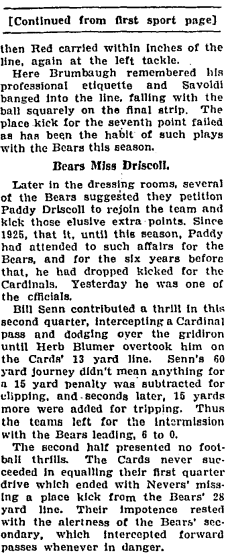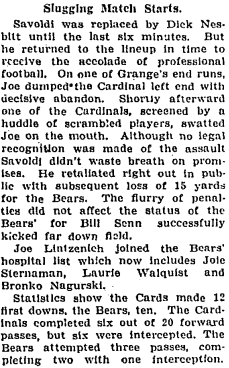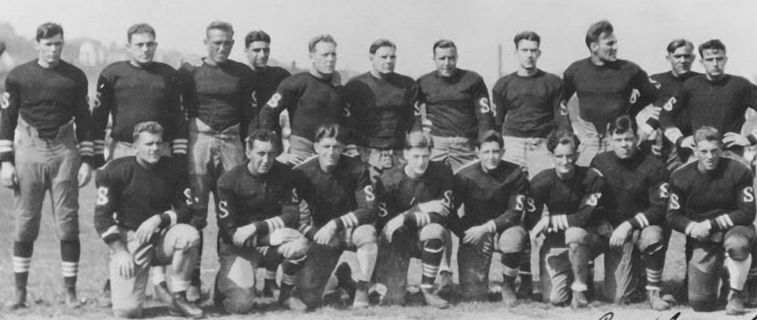Now that the NFL has revised its drug policy — and made punishments less penal — let’s revisit a piece Ira Berkow wrote for the Newspaper Enterprise Association in 1973 about pill popping in pro football’s early days. His source is Johnny Blood, the Packers’ legendary Hall of Fame back. I say “legendary” because there are sooooo many Johnny Blood tales (some of which might even be true).
Blood played and partied with equal abandon. After Green Bay won the championship in New York in 1936, he must have really tied one on. “The last time I saw him,” a teammate once told me, “He was going around and around in the hotel’s revolving door.”
Another player from that period passed along this (second-hand) story: “One time some [NFL] players were at a whorehouse in St. Louis, sitting in the parlor. In walks the madam holding an armful of football equipment — helmet, pads, uniform, the whole bit. ‘Do you any of you guys know Johnny Blood?’ she asks. ‘He left this stuff the last time he was here.’”
That’s who Johnny Blood was — when he wasn’t, that is, scoring touchdowns for four title teams. In 1973 he talked with Berkow about, among other things, taking Benzedrine before games. It’s an amazing glimpse into a lost football world.
“He remembers popping Benzedrine pills, an ‘upper’ which reportedly has been in common use in the NFL, in 1935 or 1936,” Berkow writes. Blood’s explanation:
In the offseason I used to work as a feed salesman in Wisconsin. I’d have to make long drives at night across the state, from a client to my office. I remember reading in Time magazine about a drug that helped keep you awake — and made you feel good, too. I tried it, and it worked.
I thought, well, if it’s good enough for driving, maybe it’s good for football, too. So I experimented with the pill. I don’t think it had any effect on my play, but it sure did give a lift. Then I told some of the other players about it. One fella I remember telling was Clarke Hinkle, the great running back, when we both played for the Packers. After that, Clarke became known for taking pills.
In those days, nobody talked about drugs, nobody really took notice of them. Not like today. They were non-prescription drugs, available to most anybody.
Blood also talks about experimenting with opium during a visit to China but deciding it was “too risky.” Bennies were another matter, though. They “just kind of made you feel better.”
In the early days of football, with the light padding and the glove-sized helmets, as they were called, a player needed strong fortification to attain an ethereal frame of mind. Yes, some guys took a drink before the game to raise the spirits. And I guess I could drink with any man. I had the reputation, and sometimes I’d drink the night before a game. I was the manic type. And the next day I might show the effects, in my talk and responses.
After the 1932 season the Packers went on a barnstorming tour that included two games in Hawaii. Green Bay won the first — which it was supposed to do, of course. The night before the second, though, the Hawaiian players tried to give themselves more of a fighting chance by getting Blood drunk.
“They invited me to a luau,” he told Berkow. “That’s their big bash.
And they put me up against their toughest drinker, a big tackle for their team. We drank their national drink, okolehao, and we drank into the night and morning. I got an hour’s sleep, but I showed up at the game. Their big tackle didn’t. I remember I was not feeling too terrific as the game started. Then a shower burst through the sun. And I got my refresher, and then went on to score a couple of touchdowns.
I don’t know how I did it, but I know I paid for it. Games like that took a few years off my career.
Several years later, when he was working for The New York Times, Berkow went back to the Blood well. By then, Johnny had been sober for seven years.
“I thought I saw King Arthur’s Court,” he said, “and walked through a plate-glass window to get there. I decided then, either King Arthur had to go . . . or I was going. Some people can handle drugs better than others. But in the end, no matter how well you handle it, it ends up handling you.”
I just thought of one more Johnny Blood story. It’s from the late ’30s, when he was player-coach of the Pittsburgh Pirates (as they were called then). Seems Johnny had recently had his appendix removed, but he was determined to play in the big game against the Bears, fresh stitches or no fresh stitches.
George Halas’ ruffians didn’t usually treat opponents very tenderly, but on that day Papa Bear preached caution. “Be careful when you hit Blood,” he told his players. “I don’t want his guts spillin’ all over the field.”

